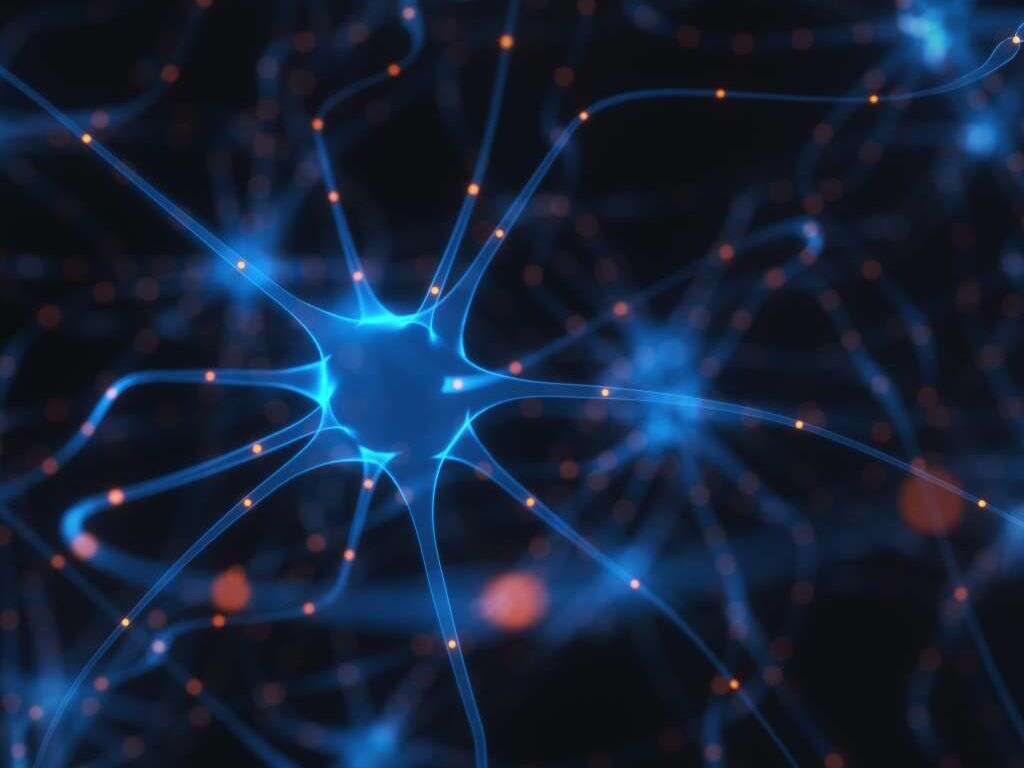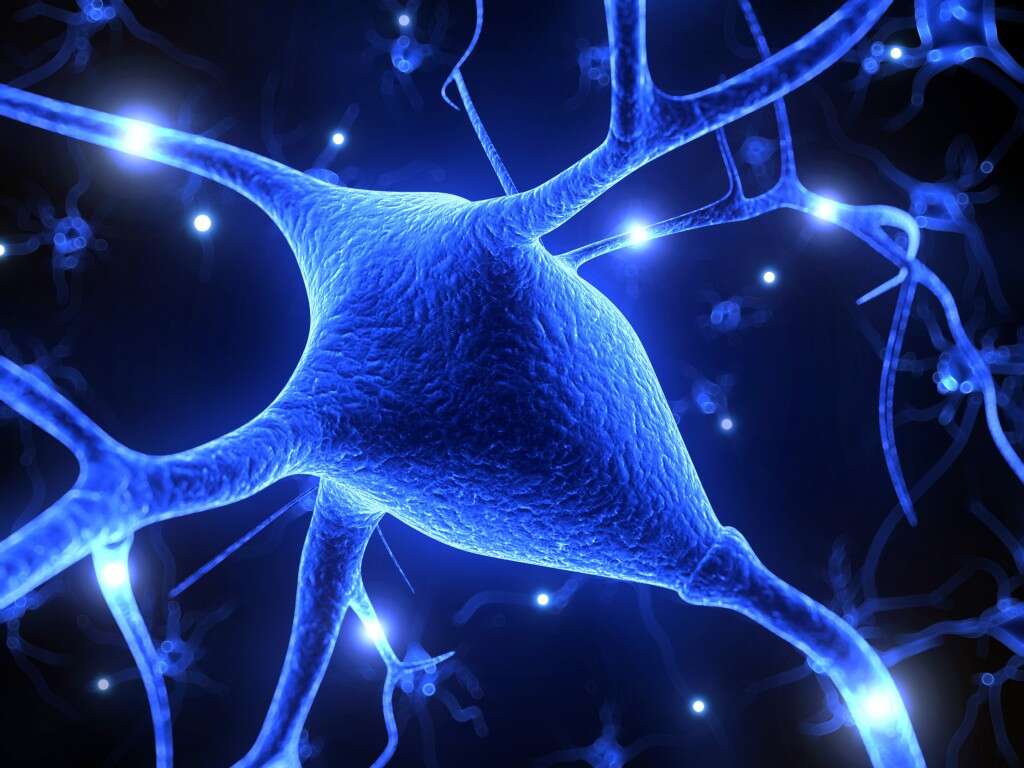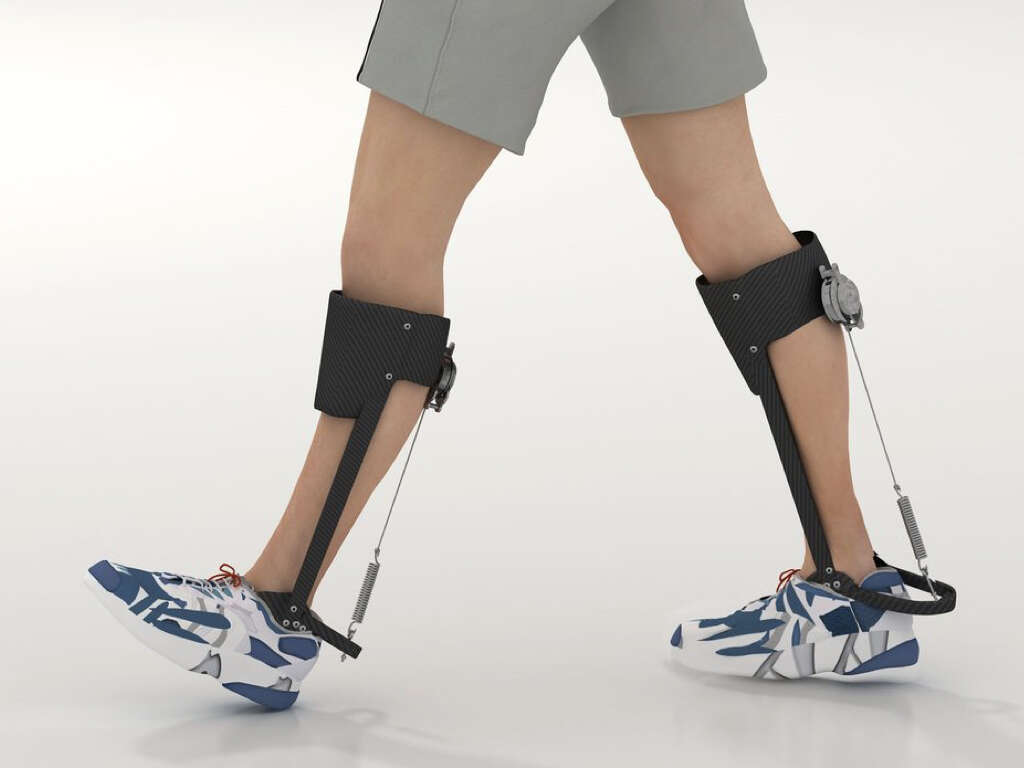10 Symptoms of Multiple Sclerosis
Multiple sclerosis is a condition where the myelin that covers your nerve cells in the spinal cord and brain are damaged. It is an inflammatory disease that attacks the axons that are myelinated leading to the destruction of both myelin and axon. This causes significant physical disability in more than 30% of patients within 20 to 25 years of the onset of the disease. Disability occurs as the damage disrupts the ability of the nervous system to communicate, leading to a range of issues such as physical, mental, and even psychiatric problems. Multiple sclerosis can have several forms with patients experiencing new symptoms during separate attacks (relapse) or throughout the disease progression. Between attacks, the patient may not have symptoms but effects of the disease, such as permanent neurological issues, remain. While the exact cause of multiple sclerosis is still being studied, experts believe that it could be due to an autoimmune response, geographic gradient, low vitamin D, smoking, obesity in childhood/adolescence, certain viruses and bacteria, and genetics.
Diagnosis is achieved based on the patient’s signs and symptoms and supporting laboratory tests. Currently, there is no cure for the condition but treatment and management aim to control the progression and improve function of the patient suffering from multiple sclerosis. It can include the use of medication and physical therapy. It is the most common immune-mediated disorder that affects the central nervous system. In 2015, 2.3 million individuals were affected globally resulting in 18,900 deaths. It is more common among women compared to men and typically begins between the ages of 20 to 50 years old.
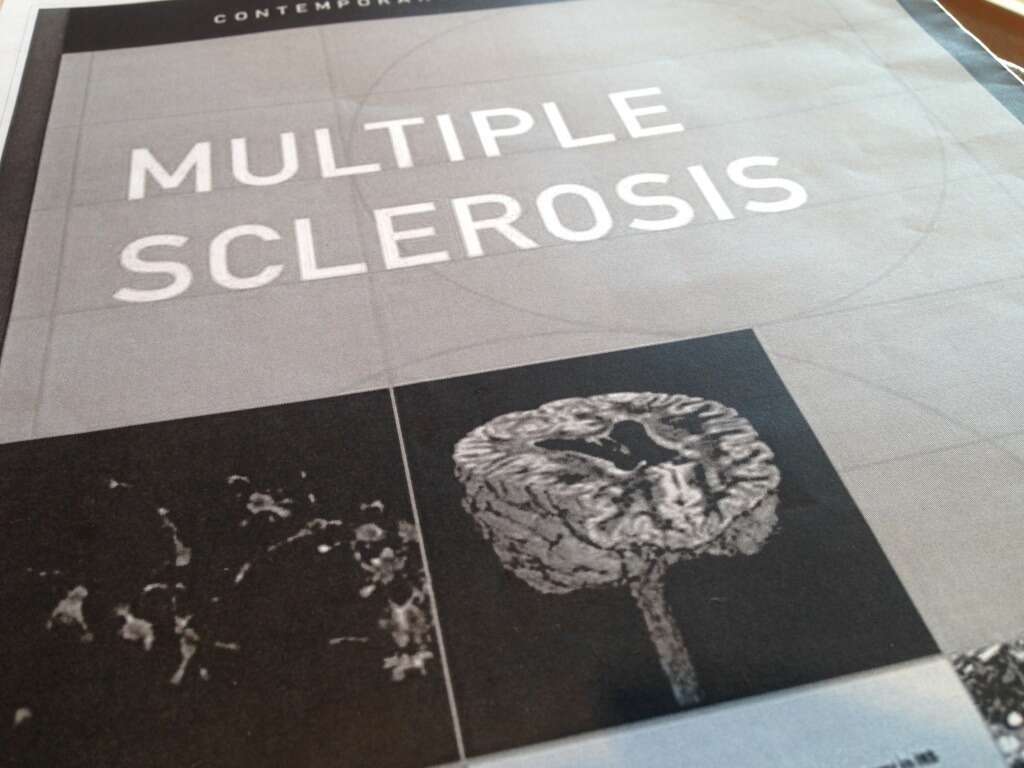
Symptom #1: Double Vision
Double vision, or medically known as diplopia refers to the perception of two identical images that may seem as if they are displaced horizontally, diagonally, or vertically. It usually occurs when there is an impairment of the extraocular muscles where both eyes are functional but are not directed at the same angle resulting in a disparity of the image shown.
Diplopia can be serious as it can lead to disruption of balance, movement, and other daily routine activities. It can cause accidents, falls, and injuries to the affected person.

Symptom #2: Optic Neuritis
Optic neuritis occurs when there is inflammation of the optic nerve and is commonly associated with multiple sclerosis. It can lead to partial or complete loss of vision in one or both eyes. The symptoms of optic neuritis include blurry vision and pain when there is movement of the affected eye. Early stages of optic neuritis should be treated as soon as possible to prevent further loss of vision.
Early symptoms include photophobia, red eyes, reduced night vision, occasional loss of color vision especially the color red, and colors appearing washed out in vision. There can be difficulty judging depth and transient worsening of vision with an increase in body temperature.

Symptom #3: Muscle Weakness
Muscle weakness in multiple sclerosis is a common issue. It can occur due to the deconditioning of muscles as there is lack of use because of pain, imbalance, and fatigue. The overall decreased level of activity can lead to atrophy and progressive weakness.
Another factor causing muscle weakness is damage to the nerve fibers. When nerve fibers are damaged the message from the brain or spinal cord to the muscle is interrupted causing weakness (among other symptoms). Both causes of muscle weakness can benefit from the help of a physical therapist that helps to identify the source of weakness and recommends strategies on how to cope.

Symptom #4: Sensory Deficit
Sensory deficit, loss of sensation, or hypoesthesia can occur due to various medical conditions that result in decreased sensation. Simply put, it can also be referred to as numbness. It usually occurs when there is damage to nerves or blockages in blood vessels that cause ischemic damage to the tissues. The damage can be detected using imaging studies.
Besides multiple sclerosis, other conditions that can cause hypoesthesia include decompression sickness, trigeminal schwannoma, cutaneous sensory disorder, and more. The treatment of hypoesthesia depends on the underlying disorder.

Symptom #5: Coordination Issues
Issues with coordination or presence of ataxia is a neurological symptom where there is lack of muscular control causing motor programing deficits. For example, walking (or gait) can become affected. Ataxia is a non-specific symptom that usually implies that there is dysfunction in parts of the nervous system that help to coordinate movements. In patients with multiple sclerosis, this can be seen as clumsiness, impaired movements, unsteady gait, and speech disorders.
Research has suggested that as many as 80% of patients with multiple sclerosis will eventually experience ataxia at some point of the disease. The majority of patients have mild symptoms that do not have a major impact on their daily lives. Ataxia can be managed through rehabilitation and compensatory strategies.

Symptom #6: Clonus
In patients with multiple sclerosis, some may experience clonus which is a rhythmic, involuntary reflex that can be associated with some neurological conditions that affect the brain or spinal cord. It is most commonly observed at the ankle.
Besides patients with multiple sclerosis, clonus is also seen in individuals with cerebral palsy, spinal cord damage, stroke, and hepatic encephalopathy.

Symptom #7: Depression
Depression is a mental health disorder characterized by low mood, loss of interest in activities, low energy, feelings of guilt, and more. It is a state of mind that can last several hours to months. It is common in patients with multiple sclerosis and other chronic illnesses.
Since depression is common in other disorders that are immune-mediated and neuroinflammatory diseases, experts believe that inflammation may be a contributing factor to depression. If you are feeling depressed, try talking to your doctor or join a support group.

Symptom #8: Uhthoff’s Phenomenon
Uhthoff’s phenomenon refers to the worsening of neurologic symptoms in conditions such as multiple sclerosis or other neurological disorders. The symptoms worsen when the body’s temperature increases due to weather, fever, exercise, hot tubs, or saunas. It has been theorized that it potentially occurs due to the effects of temperature on nerve conduction. An increased temperature results in blocked or slowed nerve impulses, especially if the nerves are damaged.
Signs and symptoms usually improve or disappear once the body temperature normalizes. Patients with multiple sclerosis often experience increased pain, fatigue, difficulty concentrating, and urinary symptoms when exposed to higher temperatures.
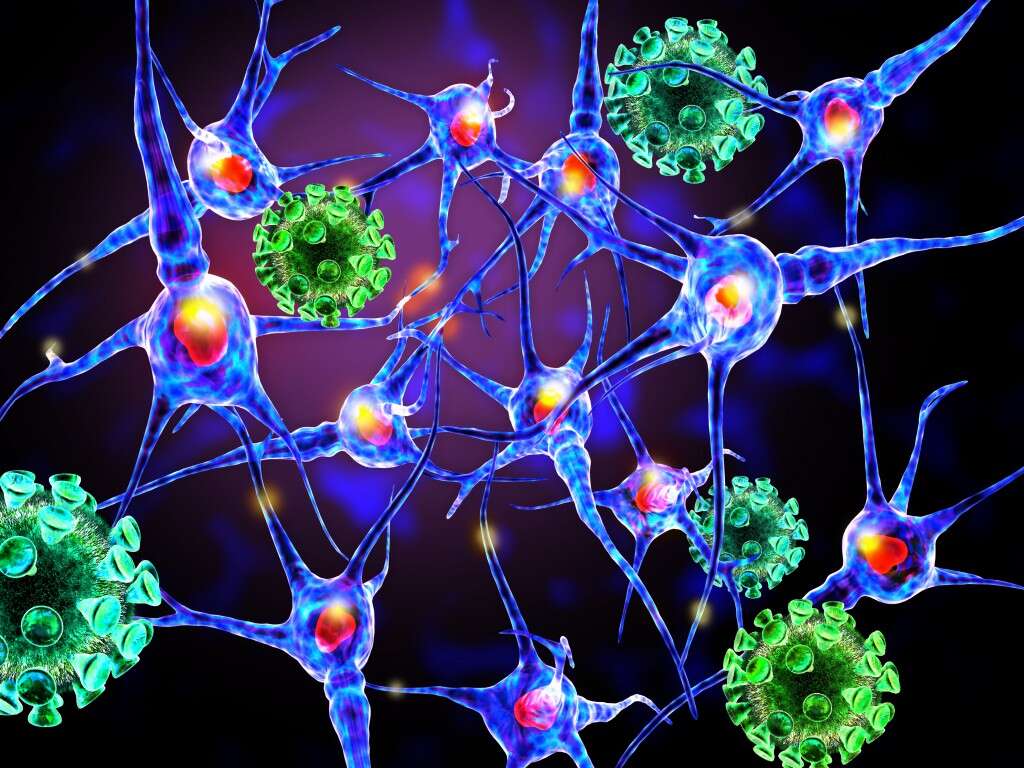
Symptom #9: Lhermitte’s Sign
Lhermitte’s sign or phenomenon is also known as the barber chair phenomenon where the affected individual experiences an uncomfortable electrical sensation that runs down the back into the limbs. Lhermitte’s sign is positive when the electrical sensation occurs with neck flexion while Lhermitte’s phenomenon is positive when the sensation occurs with neck extension. It indicates that there is a lesion or compression of the spinal cord in the upper cervical region or lower brainstem.
It is often considered a classical finding among patients with multiple sclerosis but can also be observed in conditions such as transverse myelitis, radiation myelopathy, vitamin B12 deficiency, and many more.
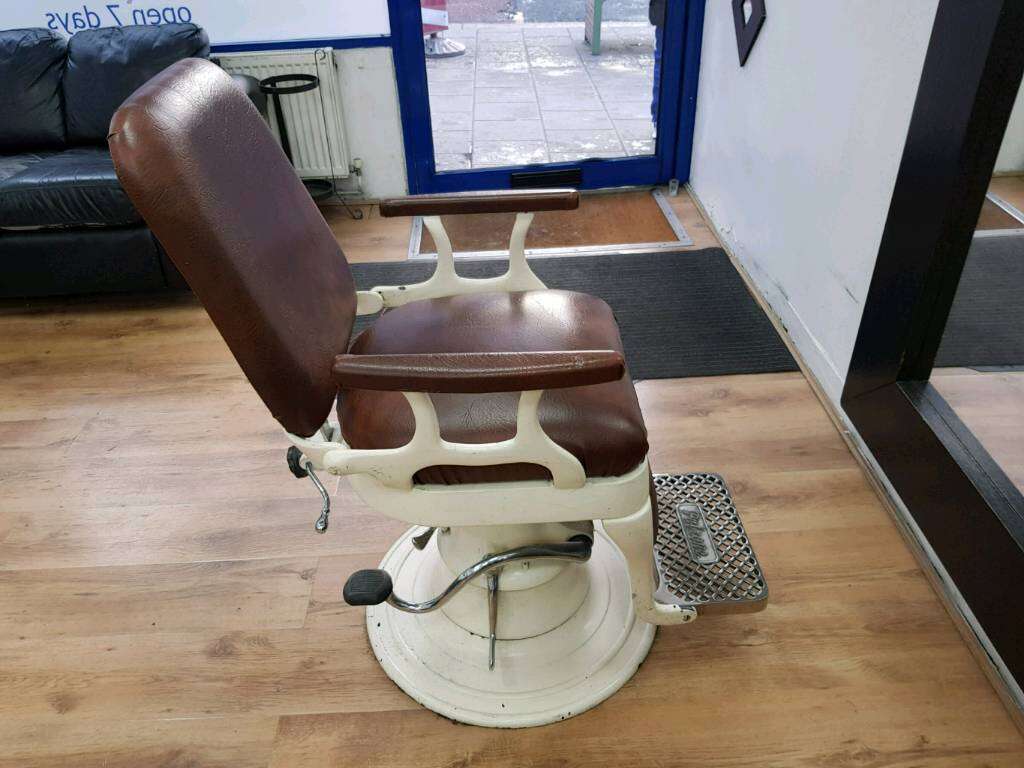
Symptom #10: Urinary Symptoms
Urinary symptoms such as an increase in frequency, increased urgency, and leakage can occur among patients with multiple sclerosis. It has been observed that as many as 80% of multiple sclerosis patients experience urinary symptoms as the condition can block or delay transmissions of nerve impulses that control the urinary sphincters.
Urinary symptoms among multiple sclerosis patients can be managed through lifestyle modifications, physical therapy, medications, and nerve stimulation procedures. There are also pads that can be used especially in situations where restroom stops are difficult. Patients are also encouraged to keep a change of clothes and necessities in a backpack.




